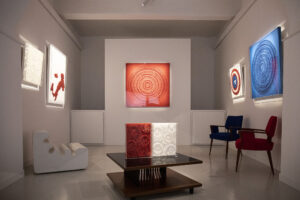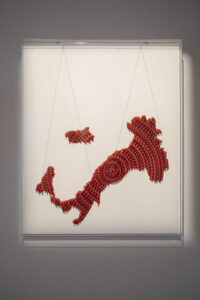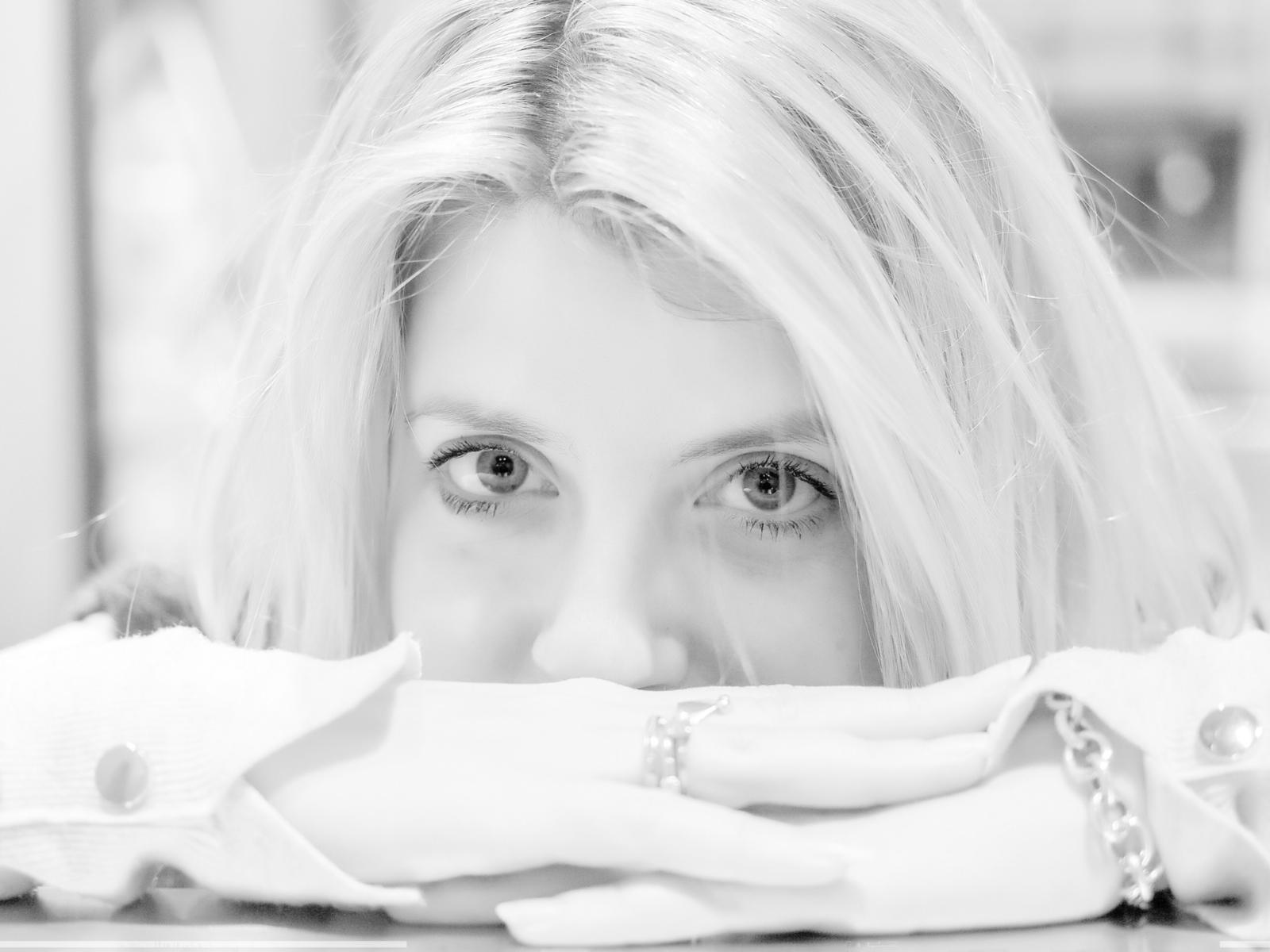Do the plastic soldiers made by Paolo Ceribelli for the exhibition Waiting for everything to come back really contain the war? Or do they empty it, this war, to bring to our eyes only a shell?
Ceribelli’s solo exhibition is the first in the new space dedicated to art and design – SaracenoArtgallery – that Marilena Saraceno opened in Rome last February, not only to follow her personal passion but also to react bravely to a an unprecedented social, economic and health situation, which for a long time has imposed a condition of isolation largely unknown to man “social animal”.
It is curious, but well known, that the imagination tends to work for single images. This is why in the face of the works on display, apart from the time lag that moves the toy soldiers elsewhere in time and space, we have to deal with the fact that the subjects – real – of which they are the miniature representation, are really prey to atrocities that we know through images and of which, for the most part, we have an inevitably distorted and self-fueled perception.
The condition of suspension in the face of such a gap is now familiar to us: we live suspended, in a suspended time, in a Suspended Italy. It is only by chance that Ceribelli’s one exhibited here is red, a color that has become synonymous with a “state of rest”. Emblematic of his entire artistic career, the work represents a condition that has persisted for almost twenty years, that of always being poised at the point preceding that of no return, which is reflected, indiscriminately, on the different generations of inhabitants. In the heart of this Italy lies one of Ceribelli’s distinctive stylistic figures: the hoop, repeated in ever-different modules and sizes even in the Tutto Torna and Embroidery works. The artist seems to wink at two greats masters with these two series. To Friedrich Nietzsche, according to whom “all straight things lie and the truth is curved” – time itself is cyclical, ça va sans dire. And to Jean Cocteau: “the lace is arranged internally and our acts, which limp, mostly find a symmetry”. We find the circle in Captain America’s, a map – a tribute to Alighiero Boetti – in which Ceribelli photographs the current state of globalization policies. Ideally, moved by a real stylistic virtuosity, he adds other Americas, thus achieving a precise axis of rotation which is also the result of the skilful use of different modules. This work and the smaller Captain America’s Shield not only reinforce the idea that there must be someone fighting for a dream, against any enemy, but also lead to the deepening of Ceribelli’s clear and successful intention to design. It is evident in the work Mao, an iconic figure that he has chosen recognizing in it a fertile ground for the toy soldiers to strengthen their conceptual significance. In the detail of the general’s collar, Ceribelli shows off all his ability: using two different shapes of toy soldiers, within a skilful balance between solids and voids, he brings the drawing into the collage on canvas. Finally, to make Ceribelli’s research and the exhibition choices studied with Marilena Saraceno even more relevant, there is the work Barricata. The sculpture, with a form of clear military derivation, focuses on the concept of limit, today no longer just one’s own or others but common, to be understood as an existential constant. It retains the intrinsic meaning of limit and barrier and allows one to experience a space and a point of view by overcoming the self-imposed limit of daily experience, thus becoming a tool for creating new points of view and unheard-of spaces, to go through and think.
Not war, therefore, but infinitely repeated and variously combined envelopes. The toy soldiers rise to archetypal forms to demolish the boundary between form and content, emphasize the sense of cohesion and inevitability, to which they refer, and admonish to believe that, regardless of opposing ideologies, we can win together the fight against a common enemy.
The feeling is that Waiting for everything to come back is proposed politely as a revolution conducted with elegance and delicacy in which the verse of a song almost naturally resounds “A soldier / keeps the beat / of feet that march / keeps the beat inside himself / while children sleep / immersed in such deep dreams.”
Info:
Paolo Ceribelli. Aspettando che tutto torni (Waiting for everything to come back)
Until May 14, 2021
saracenoArtgallery
Via di Monserrato 40, Roma
www.saracenoartgallery.com | info@saracenoartgallery.com
 Paolo Ceribelli, Aspettando che tutto torni. Installation view at saracenoArtgallery
Paolo Ceribelli, Aspettando che tutto torni. Installation view at saracenoArtgallery
 Paolo Ceribelli, Aspettando che tutto torni. Installation view at saracenoArtgallery
Paolo Ceribelli, Aspettando che tutto torni. Installation view at saracenoArtgallery
 Paolo Ceribelli, Italia Sospesa. Collage di soldati di plastica e acrilico su tela
Paolo Ceribelli, Italia Sospesa. Collage di soldati di plastica e acrilico su tela
For all the images: Courtesy of the artist and saracenoArtgallery, Roma

She believes that art is a continuous search for expressive forms to depict the world in ways that we do not yet know. Graduated in Literature, she first specialized at the University of Bergamo with a thesis on what remains of a performance, then attended the curatorial school at the University of Malta. Since 2013 he has collaborated with associations, exhibition spaces and galleries as a cultural producer and independent curator.






NO COMMENT